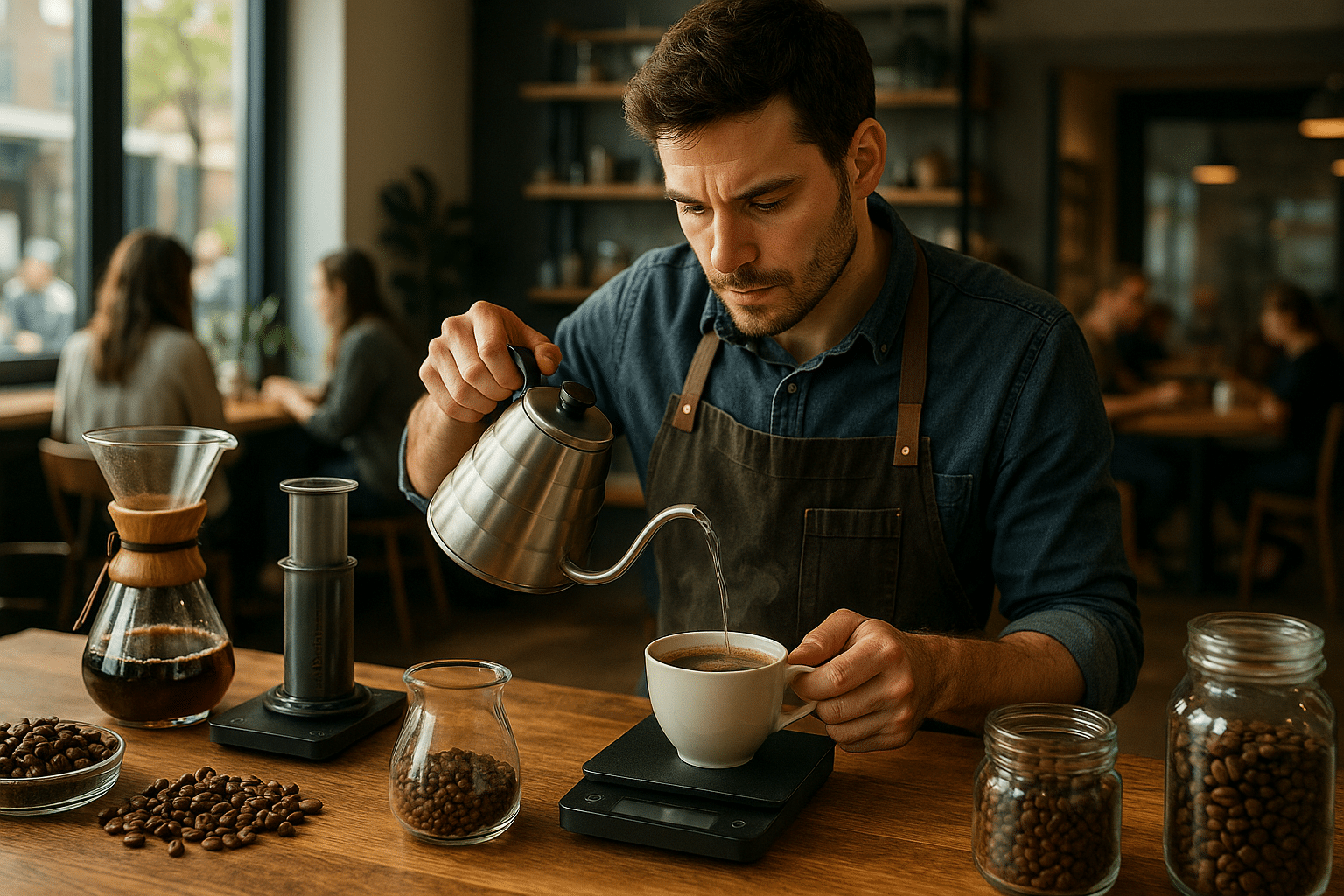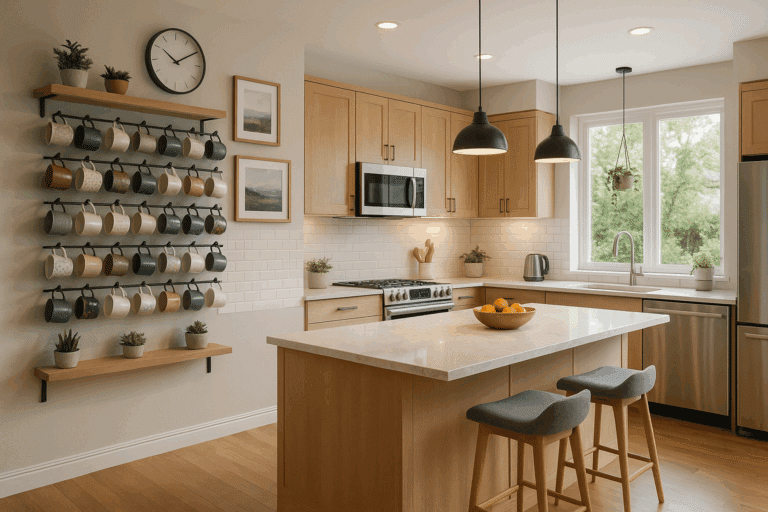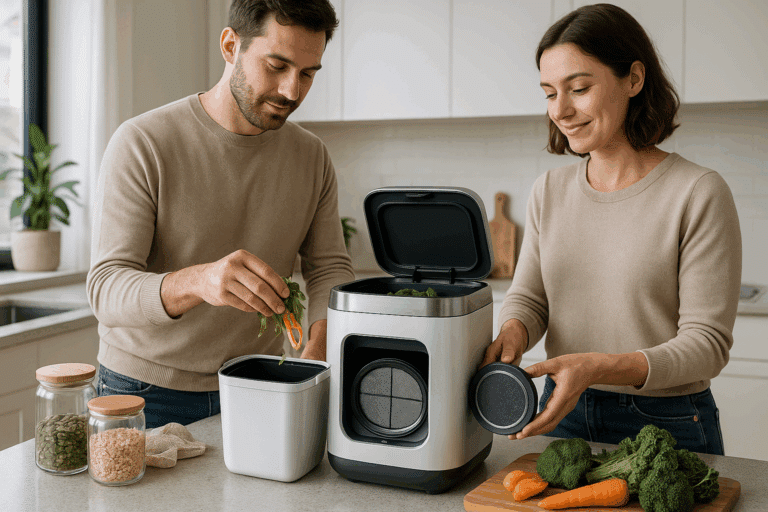Calling all coffee aficionados! 🔊 If you’ve ever experienced the subtle bliss of a perfectly brewed cup of coffee, you know that every element in the brewing process counts. An often-underestimated variable in this alchemy is the brew ratio – the proportion between coffee grounds and water. 💦 This simple relationship is a powerhouse in influencing the final flavor profile of your beverage.☕ But how can we push the boundaries of conventional brew ratios for a unique flavor experience? Let’s explore in this comprehensive guide on ‘Brew Ratio Breakthroughs: Unleashing Flavor with Experimental Ratios’. 🚀
At first, coffee brewing may seem like a pretty straightforward process. Heat water, add coffee, and voila – you have your coffee! But any true coffee lover knows that the story is a bit more complex. The coffee brewing process is a delicate interplay of several variables – grind size, brewing time, water temperature, and, of course, the brew ratio. 🌡️
For many, the brew ratio is a sacred, unchangeable formula. The most commonly used ratio is 1:16 – one part of coffee to sixteen parts of water. But what happens if we challenge this convention? What exciting flavors and aromas can we unlock with experimental brew ratios? This article aims to break through the confines of traditional brew ratios and explore the flavorful world beyond. 🎆
The Journey Ahead
In our pursuit of brewing perfection, we’ll be navigating through a host of stimulating topics. We will first demystify the basics of brew ratio and how it impacts the flavor and strength of your coffee. 💪 Then, we’ll delve into the science behind brew ratios, decoding how different compounds in coffee are extracted at varying rates. 🧪 This understanding will help us explain why altering the brew ratio can result in such a dramatic change in taste.
But our journey doesn’t stop there! Armed with this knowledge, we’ll venture into the realm of experimental brew ratios. We’ll dissect the nuances of brewing with different ratios, discussing how each one can bring out unique flavor profiles. Expect to embark on a flavor rollercoaster – from the bold, rich notes of a lower ratio brew to the delicate, nuanced layers unveiled by a higher ratio. 🎢
We’ll also present some innovative brewing techniques that pair well with these experimental ratios. Whether it’s the slow and precise pour-over method or the quick and convenient AeroPress, you’ll learn how to get the most out of each brew ratio. 🔄 Plus, we’ll even provide some tips for troubleshooting common brewing issues that might arise when playing with ratios.
Whether you’re a seasoned barista seeking new adventures in your coffee journey, or a home brewer looking to elevate your daily cup, this guide is for you. By pushing the boundaries of conventional brew ratios, we can unlock a whole new dimension of flavors, transforming our humble cup of coffee into a symphony of tastes and aromas. 🎼 So, are you ready to embark on this exciting brewing journey? Sit back, grab your favorite cup of joe, and let’s dive in!
🔬 Exploring the Power of Brew Ratios
Understanding brew ratios is a pivotal aspect of brewing the perfect cup of coffee. As any skilled barista will attest, the ratio of coffee to water can significantly influence the flavor and quality of the final product. But have you ever wondered what would happen if we started pushing the boundaries and experimenting with these ratios?
Join me, Rodrigo Almeida, as we delve into the science and art of coffee brewing, explore experimental brew ratios, and discover how they can unlock unique and exciting flavors. Ready to elevate your coffee game? Then let’s get started.
For an excellent visual guide on coffee brewing and ratios, I highly recommend the video “Coffee Brewing Ratios Explained” by James Hoffmann on YouTube.
📊 Understanding Standard Brew Ratios
Before we plunge into the depths of experimental brew ratios, it’s vital to have a solid understanding of standard brew ratios. The standard brew ratio for drip coffee is typically around 1:15 or 1:16. This means that for every gram of coffee, you use 15 to 16 grams of water.
However, the “golden ratio” is not set in stone and can vary based on factors such as the type of coffee, the brewing method, and individual taste preferences. Some coffee aficionados may prefer a stronger brew and opt for a 1:12 ratio, while others might enjoy a milder flavor and lean towards a 1:18 ratio.
Here’s a comparative table showcasing the different flavors you can expect from various standard brew ratios:
| Brew Ratio | Expected Flavor Profile |
| 1:12 | Strong and bold, with intense flavor and full body |
| 1:15 | Well-balanced, with a pleasant combination of strength and flavor |
| 1:18 | Light and mild, with delicate flavors and a softer body |
🚀 Venturing into Experimental Brew Ratios
Now that we have a good understanding of standard brew ratios let’s take a leap into the unknown: experimental brew ratios. Why stick to the 1:12 to 1:18 range when there’s a whole world of flavors to uncover beyond these boundaries?
Pushing the limits can result in some genuinely astounding flavor profiles. For instance, a 1:8 ratio can yield a brew that’s incredibly robust and concentrated – almost like an espresso. On the other hand, a 1:20 ratio might give you a tea-like coffee with very subtle flavors.
But remember, experimenting with brew ratios doesn’t mean throwing caution to the wind. It’s essential to keep track of your measurements and make adjustments in small increments. Otherwise, you might end up with a brew that’s either too strong or too weak.
👨🔬 Techniques for Experimental Brew Ratios
So, how exactly do you go about experimenting with brew ratios? Here are a few techniques you can try:
- Start with a standard ratio: Begin with a standard brew ratio that you’re comfortable with, then gradually adjust it. This gives you a good baseline to compare your experimental brews to.
- Change one variable at a time: Try to only change one variable at a time (either the amount of coffee or the amount of water). This will allow you to clearly see the effects of your adjustments.
- Take notes: Keep a record of your experiments. Note down the brew ratio, the type of coffee, the brewing method, and your impressions of the taste. This will help you replicate successful experiments and avoid repeating unsuccessful ones.
💡 Key Takeaways for Experimental Brew Ratios
Embarking on a journey of experimental brew ratios can be an exciting and rewarding adventure. It’s all about finding the perfect balance that appeals to your unique taste buds. And remember, the key to successful experimentation is patience, precision, and lots of practice.
So, don’t be afraid to step outside your comfort zone and push the boundaries. You might just stumble upon a brew ratio that takes your coffee experience to a whole new level. So, go ahead, grab your coffee gear, and start experimenting!
To learn more about brewing coffee and experimenting with brew ratios, check out the video “Brew Ratios Around The World” by Specialty Coffee Association on YouTube.
🎯 Your Next Steps
Are you ready to dive into the world of experimental brew ratios? Here are your next steps:
- Research: Dive deeper into the subject of brew ratios. There’s a wealth of information out there, including books, online articles, and instructional videos.
- Experiment: Start experimenting with different brew ratios. Remember to keep track of your measurements and make adjustments in small increments.
- Share: Share your experiences with the coffee community. They might have valuable insights and suggestions that can help you in your journey.
And most importantly, enjoy the process! After all, exploring the world of coffee is as much about the journey as it is about the destination. Happy brewing!

Conclusion
In conclusion, the digital world is a fast-paced and ever-changing environment. The need for efficient, adaptable, and secure software solutions is more pronounced now than it has ever been. This is where the role of Software Engineering takes center stage. The extensive study we embarked on, dissecting the intricate aspects of Software Engineering, showcased its unparalleled importance in the current era of digitization.
We started by delving into the fundamentals of Software Engineering, its methodologies, principles, and best practices that shape the development and management of software systems. It is through this understanding we could appreciate the technical precision and systematic approach that goes into the creation of quality software solutions. 🖥️
In our journey through Software Engineering, we took a comprehensive look at the different Software Development Life Cycle (SDLC) models. These models, each with its unique characteristics, provide the structural backbone for software development projects. They help in orchestrating various development phases and managing project risks, ultimately ensuring the delivery of high-quality software that meets user requirements and business objectives.
Security, undoubtedly, remains a cornerstone in Software Engineering. In the context of increasing cyber threats, we explored the need for Secure Software Development Life Cycle (S-SDLC). S-SDLC integrates security into every phase of the software development process, thereby enhancing software reliability and fortifying it against potential vulnerabilities. 🔒
Software testing, a critical component in Software Engineering, was another significant area we focused on. We discussed the importance of various testing methodologies and techniques to ensure software functionality, reliability, and robustness. Furthermore, we examined the role of testing automation in improving testing efficiency and reducing manual errors.
Lastly, we talked about the impact of emerging technologies like AI, IoT, and Blockchain on Software Engineering. The integration of these technologies is revolutionizing software development, making it more innovative, efficient, and responsive to the evolving needs of businesses and consumers.
The wide-ranging topics covered in this article highlight the holistic nature of Software Engineering. It’s not merely about coding but involves a series of meticulously planned and executed processes that culminate in the creation of software that adds value and drives innovation. 🚀
We hope this deep dive into Software Engineering has offered you valuable insights and sparked your interest in further exploring this fascinating field. As we move forward into an increasingly digital future, the importance of Software Engineering will only continue to grow. For those interested in digging deeper, I encourage you to explore some of the resources listed below:
1. [Software Engineering Institute](https://www.sei.cmu.edu/)
2. [IEEE Software Magazine](https://www.computer.org/technical-committees/software-engineering/)
3. [Google Scholar](https://scholar.google.com/)
Feel free to comment below on your thoughts or any experiences you have had related to the topics discussed. Sharing our knowledge and experiences can lead to fruitful discussions and further learning. If you found this article helpful, don’t hesitate to share it with your peers and spread the knowledge. 🙌
Embrace the world of Software Engineering, and let’s shape a digital future that’s efficient, secure, and innovative. Happy learning!



